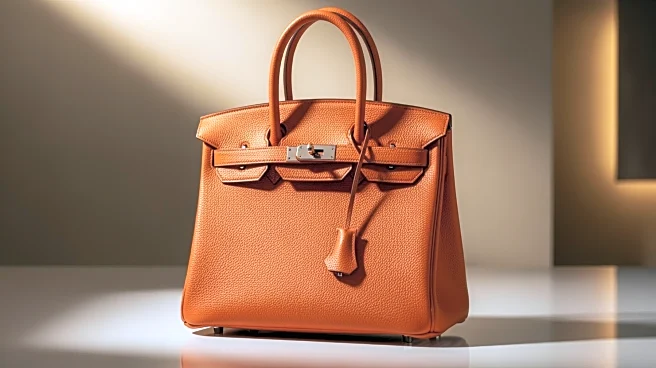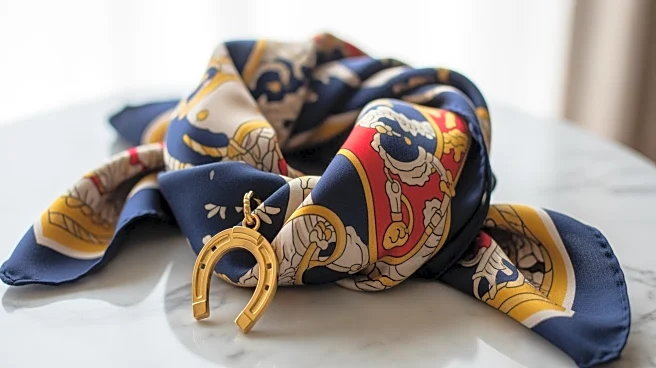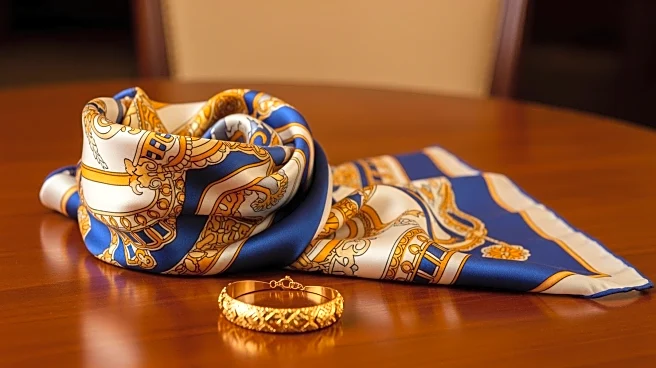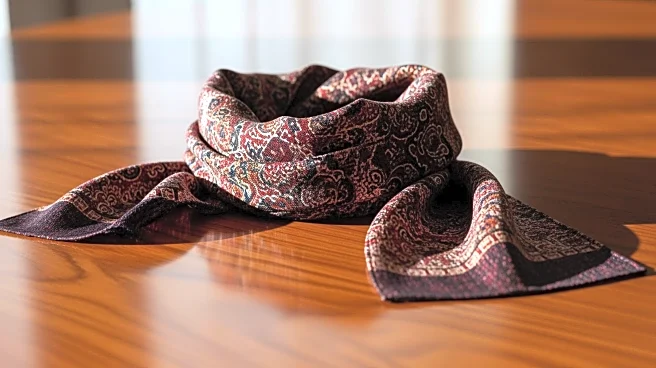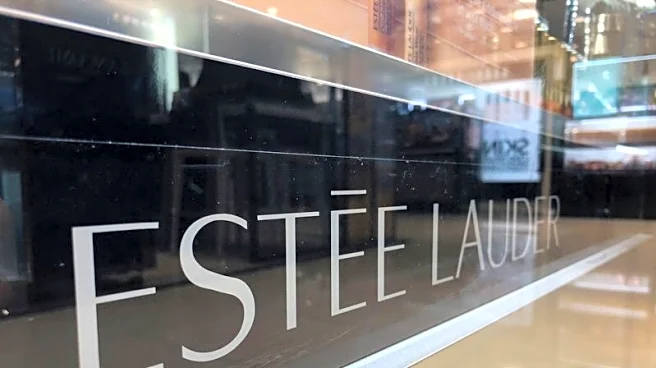What's Happening?
Hermès bags have demonstrated resilience as investments during economic downturns, maintaining their value and desirability. The brand's focus on the ultra-wealthy clientele and geographic diversification
helps buffer it from the usual pain of recessions. Hermès targets the top 2% of luxury buyers, who account for over 40% of sector spending and tend to invest in tangible assets during market shocks. This strategy, combined with controlled scarcity and superior craftsmanship, positions Hermès bags as investment havens.
Why It's Important?
Hermès' ability to maintain demand for its bags during economic downturns highlights the brand's strategic focus on exclusivity and craftsmanship. By targeting ultra-wealthy consumers who view luxury items as investment assets, Hermès ensures steady demand even when the broader market faces challenges. This approach not only reinforces the brand's pricing power but also enhances its appeal as a store-of-value asset, offering portfolio diversification that often outpaces traditional investments.
What's Next?
Hermès plans to continue leveraging its exclusivity and craftsmanship to maintain demand for its bags. The brand's strategic focus on limited production and long waitlists ensures that its products remain highly sought after, even during economic downturns. Additionally, Hermès is expanding its production capacity to meet sustained demand, while maintaining its commitment to artisanal standards.
Beyond the Headlines
Hermès' strategic focus on exclusivity and craftsmanship not only drives its financial success but also contributes to its cultural significance as a symbol of luxury and exclusivity. The brand's commitment to artisanal production and heritage preservation sets it apart in an industry often driven by trends and mass production. This approach not only enhances its appeal among ultra-wealthy consumers but also positions Hermès as a benchmark for sustainable luxury practices.
